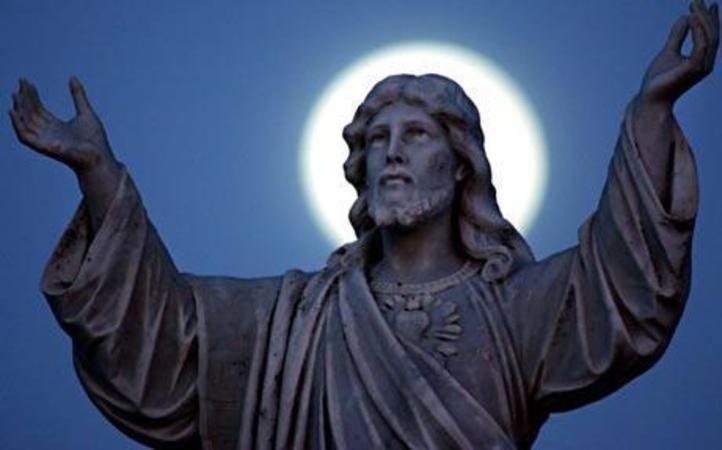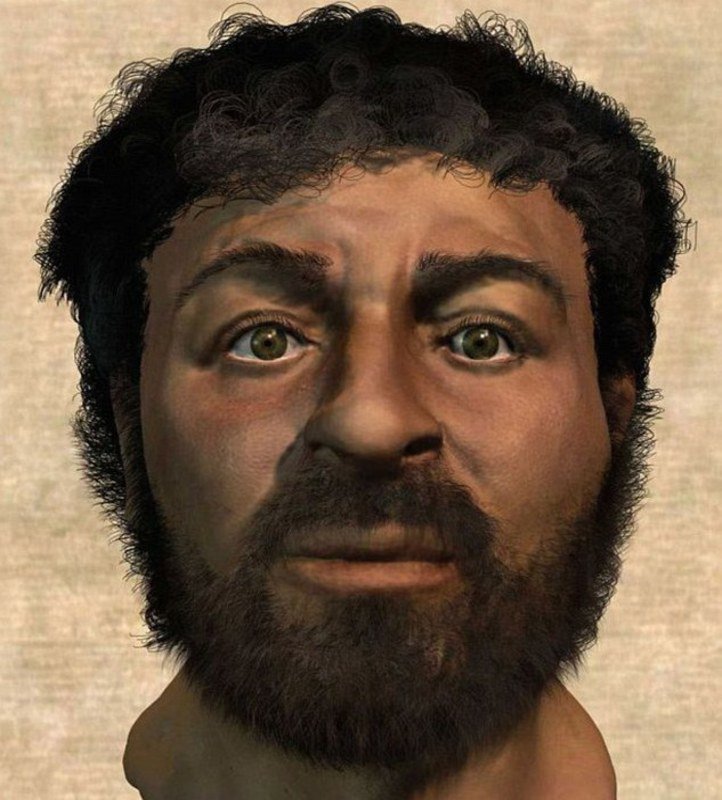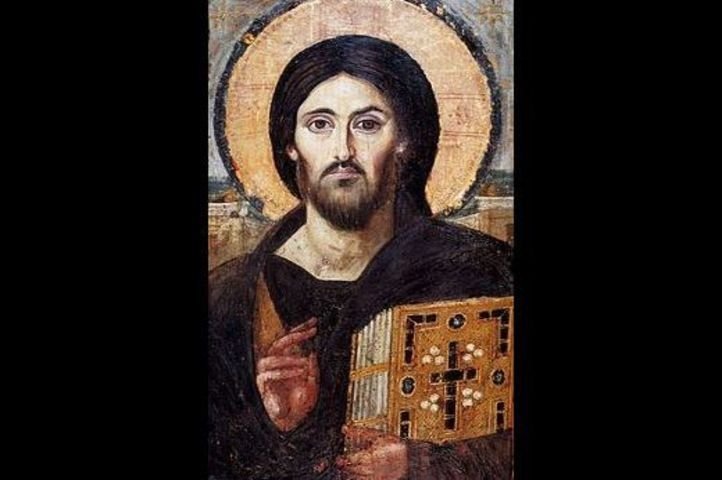Although billions across the world associate their faith with the name of Jesus Christ, the image often attributed to that name is a result of various depictions that surfaced over centuries.
The conventional image of Christ with a beard and long hair, was established in eastern Christianity in the sixth century AD, while the west recognised it much later. The depiction of Jesus as a muscular, fair individual comes from western art, the BBC reported .

But a more scientifically accurate depiction of Jesus Christ’s appearance was created by anthropologist Richard Neave back in 1998, and it was first unveiled to the world in a 2001 BBC series. The first thing that Neave and his team of researchers agreed upon was that Jesus was anything but pearly white, since lived under the scorching middle eastern sun.
CNN reports that , Neave examined semite skulls dating back to the first century unearthed at sites in Galilee in Israel, and used forensic methods for facial reconstruction also known as forensic facial approximation, which are often used to identify unknown murder victims from their remains.

The former Manchester University professor used computerised tomography to create slices of the skull, and determined the thickness of the skull to recreate facial muscles . The hair colour was determined by drawings at archaeological sites in the region, while the length was decided after studying the Bible carefully, as reported by Independent .
Although the interpretation uses techniques which were not used for earlier depictions, it cannot tell how Jesus really looked like. Also the colour of the skin, which seems far from Christ’s middle eastern ethnicity in popular images, has not been determined from the research.


















